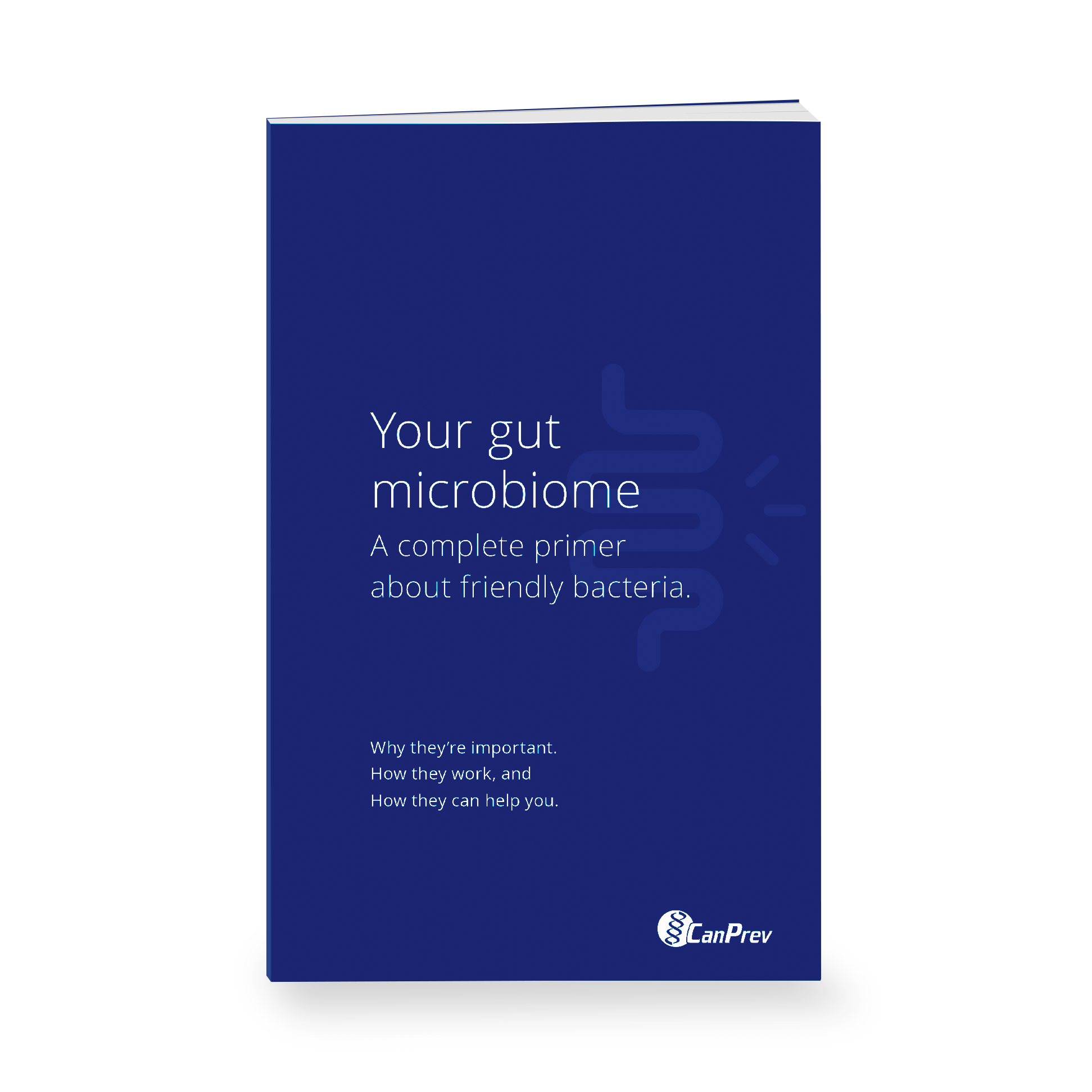Insulin Sensitivity. Insulin Resistance. Hyperinsulinemia. Diabetes. Metabolic Syndrome.
You’ve probably heard these terms quite a bit lately as you scroll through your health news. But usually, it’s not made clear enough what an important role INSULIN plays in your body.
Well, here’s a more accurate picture of how this critical hormone functions, as well as the significance of the chemical messages it gives our body. However, there are some problems that can occur when insulin’s job is hindered – and we’ll get to those too!
What does Insulin actually do?
When we eat a carbohydrate-containing food, it’s broken down into smaller sugar units – glucose, the body’s main source of fuel, causing blood sugar levels to rise.
The pancreas produces the biologically critical peptide (protein-based) hormone INSULIN, which is released into the bloodstream to manage the sugars by directing them into our cells – namely the liver and muscles.
Insulin Resistance – a not-so-sweet cycle
But, what if our cells stopped “listening” to these instructions because they were being constantly flooded and overwhelmed with excess sugar?
INSULIN RESISTANCE is when cells start ignoring the chemical messages that insulin is trying to shout out to them. The pancreas starts producing even more hormones to keep blood sugar levels in check. This physiological state is what’s known as hyperinsulinemia, and it makes it more difficult for the body to use stored fat as energy, hence being dubbed “the hormone of fat storage”.
This is a situation where a not-so-sweet cycle can really kick in… when the cells become increasingly more resistant or out of tune to insulin’s messages, and the pancreas just can’t keep up.
Now the body has switched from too much to too little hormone production, which in turn, can lead to a dangerous elevation in blood sugar levels.
Did you know: Approximately 5.7 million Canadians have high blood sugar, known as prediabetes.
Factors that contribute to Insulin Resistance:
- Being over 45 years old
- Chronic inflammation
- Overeating and consuming excess carbs and sugar, including excess fructose consumption – from refined sugar, not fruit
- Being overweight and having excess visceral fat – the dangerous kind of belly fat
- A disruption in the gut microbiota
- Lack of regular physical activity
- Pregnancy – insulin resistance increases in the third trimester and can lead to Gestational Diabetes
- Family history/genetic predisposition
It is a key driver of both Diabetes type 2 and Metabolic Syndrome (often referred to as “insulin resistance syndrome”), which sets the stage for a number of even more serious health complications including heart disease.
Insulin resistance is also strongly correlated with incidences of non-alcoholic fatty liver disease (NAFLD).
Signs & Symptoms of Insulin Resistance
- Sugar and carb cravings
- Feeling “hangry” and having the desire to eat frequently (every 2-3 hours)
- Fatigue
- Extra weight in the middle (greater than 35 inches for women and >40 inches for men)
- Elevated fasting blood sugar and elevated insulin levels
- High blood triglycerides and low HDL/good cholesterol levels
- High blood pressure
- Skin tags, commonly found on the neck, eyelids & armpits
- Acne and other skin issues like dark patches of dark skin – back of the neck, armpits & groin
- Fluid retention, and swelling in ankles
- Trouble concentrating and poor focus
- Mood swings and irritability
- Anxiety and panic attacks
It’s also worth noting that there are several issues related to insulin resistance that are specific to women’s hormonal health, such as:
- Scalp hair loss in women
- Irregular periods
- Polycystic ovarian syndrome (PCOS) or ovarian cysts
- Fertility issues
Insulin Resistance & PCOS
As we’ve talked about before in this article, there is a strong link between Polycystic Ovarian Syndrome (PCOS) and Insulin Resistance, which affects as many as 65-70% of women with PCOS.
Hyperinsulinemia is also linked with increased androgen production and the type of ovulatory dysfunction that is so common in PCOS.
Be more sensitive! Tips to reverse Insulin Resistance:
The positive spin on this is that insulin resistance CAN be improved, sometimes significantly, with some reasonably easy lifestyle changes — like upgrading your nutritional habits and adopting a daily exercise routine.
→ If you’re insulin resistant, you should avoid consuming too many carbohydrates, especially processed sugary foods like sweetened drinks and commercially baked goods.
→ An insulin resistance “diet” consists of an abundance of low-glycemic fruit & vegetables, lean protein, healthy fats (especially omega-3 fatty acids), and foods that are high in soluble fibre. (FYI – green leafy veggies tick several of those boxes!)
By the way, have you tried CanPrev’s Green Up! with powdered greens, reds, adaptogens & superfoods?
→ Exercise is an essential part of dealing with this health condition, and regular exercise that includes strength training may be the single easiest way to get back to being sensitive – insulin sensitive, that is.
→ However, over-exercising can put stress on the adrenal glands and could exacerbate hormonal imbalances, like PCOS in women. When in doubt, try a light yoga practice or go for a walk if you’re just getting back into a regular exercise routine.
→ Losing excess body weight. In a study published in the International Journal of Obesity, a group of overweight people who lost 10% of their weight through diet + exercise resulted in an impressive 80% improvement in their insulin sensitivity.
→ Additionally, reducing stress and getting quality restorative sleep are both thought to be key in preventing and even reversing insulin resistance.
When you work to reverse insulin resistance and shift back to being more sensitive, your health is likely to improve significantly!
CANPREV RECOMMENDS
Slim-Pro™ is a formula that promotes healthy blood sugar level and helps you to achieve your weight loss goals. Add it to your already nutritious diet and regular exercise plan, and experience a new level of weight management support.
Chromium Nicotinate Glycinate 200 – a blend of chromium and vanadium to support healthy blood sugar levels. Chromium helps to metabolize glucose and regulate blood sugar.
Blood Sugar Support – a comprehensive daily formula containing herbs, antioxidants and extracts has been shown to support healthy blood sugar levels and counteract oxidative stress. Let CanPrev’s Blood Sugar Support help get your blood glucose levels back on track.
There’s nothing sweeter than living the balanced life you want!
REFERENCES
Endocrine Web: Insulin Resistance Causes & Symptoms
Medical News Today: Natural Ways to Improve Insulin Sensitivity







Nice post, very complete.
Thanks for sharing !
Great Post! You are sharing a wonderful post. Thanks and keep sharing.
Nice Post! Thanks for sharing a great post.
i like this topic and article about The Not-So-Sweet Cycle of Insulin Resistance, which has a lot of great info, thanks for sharing